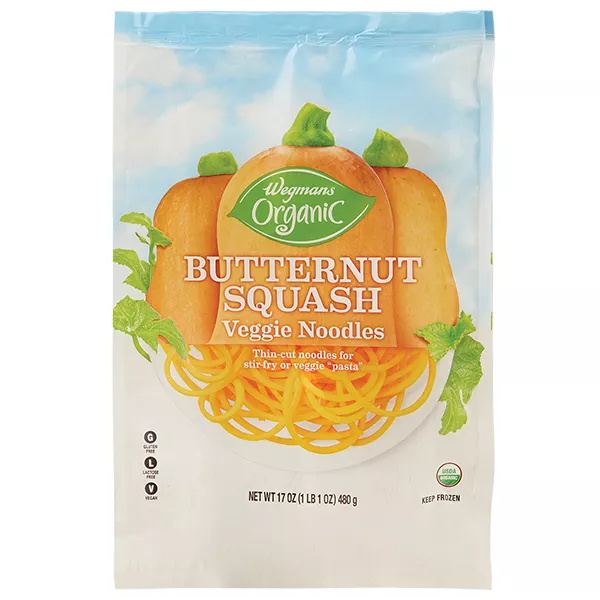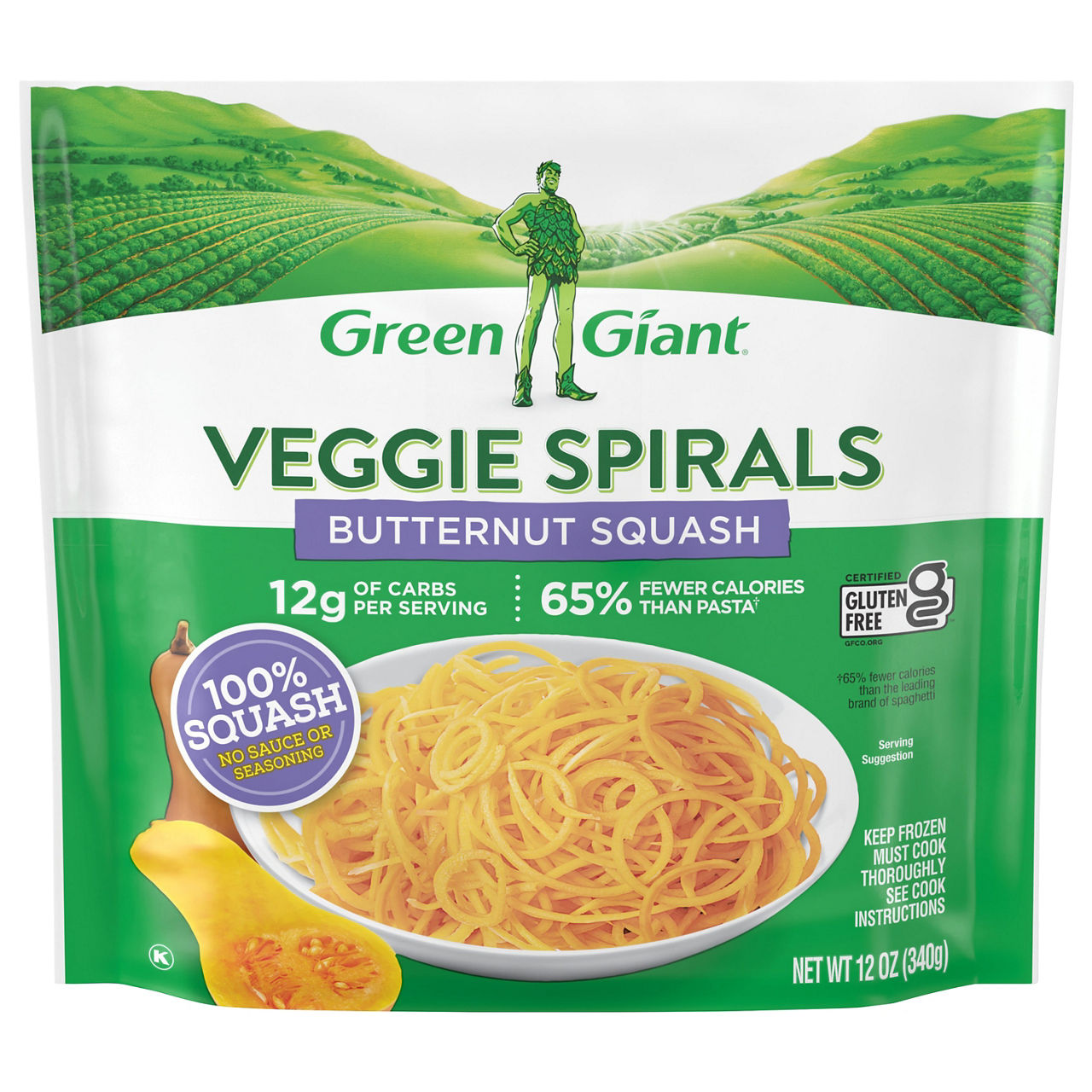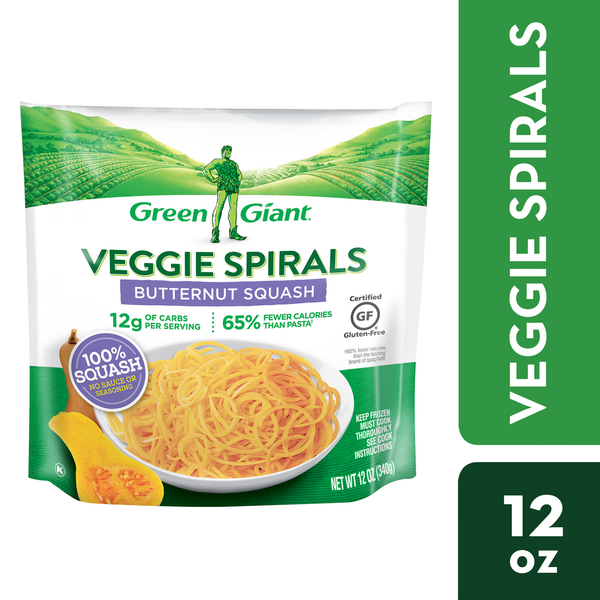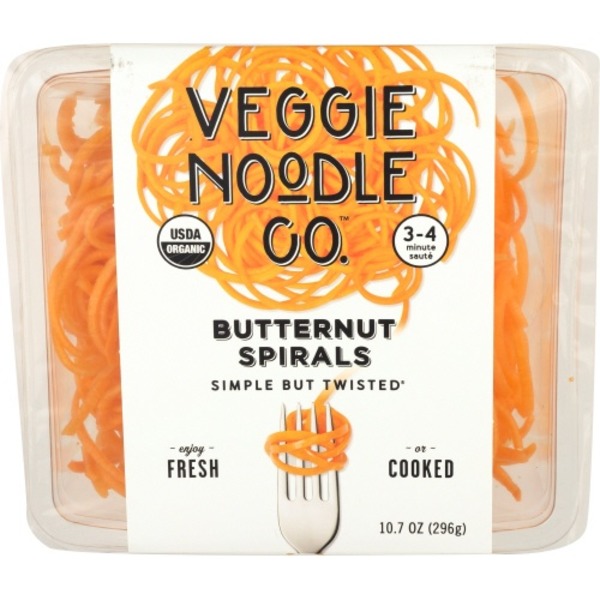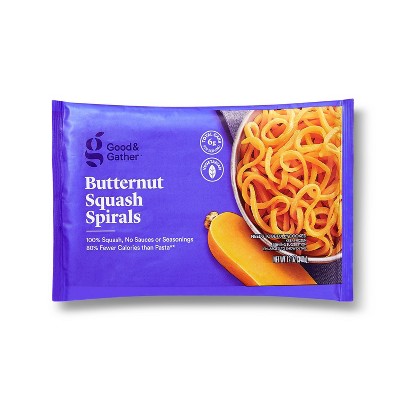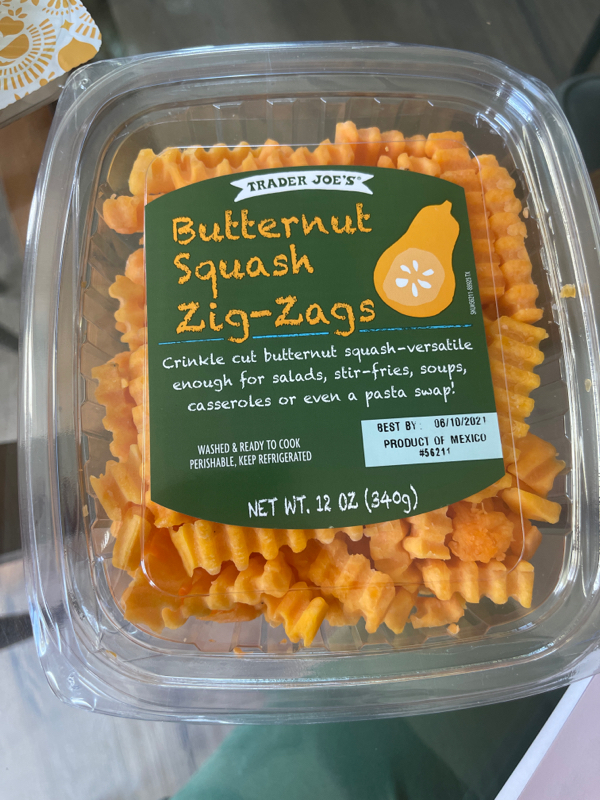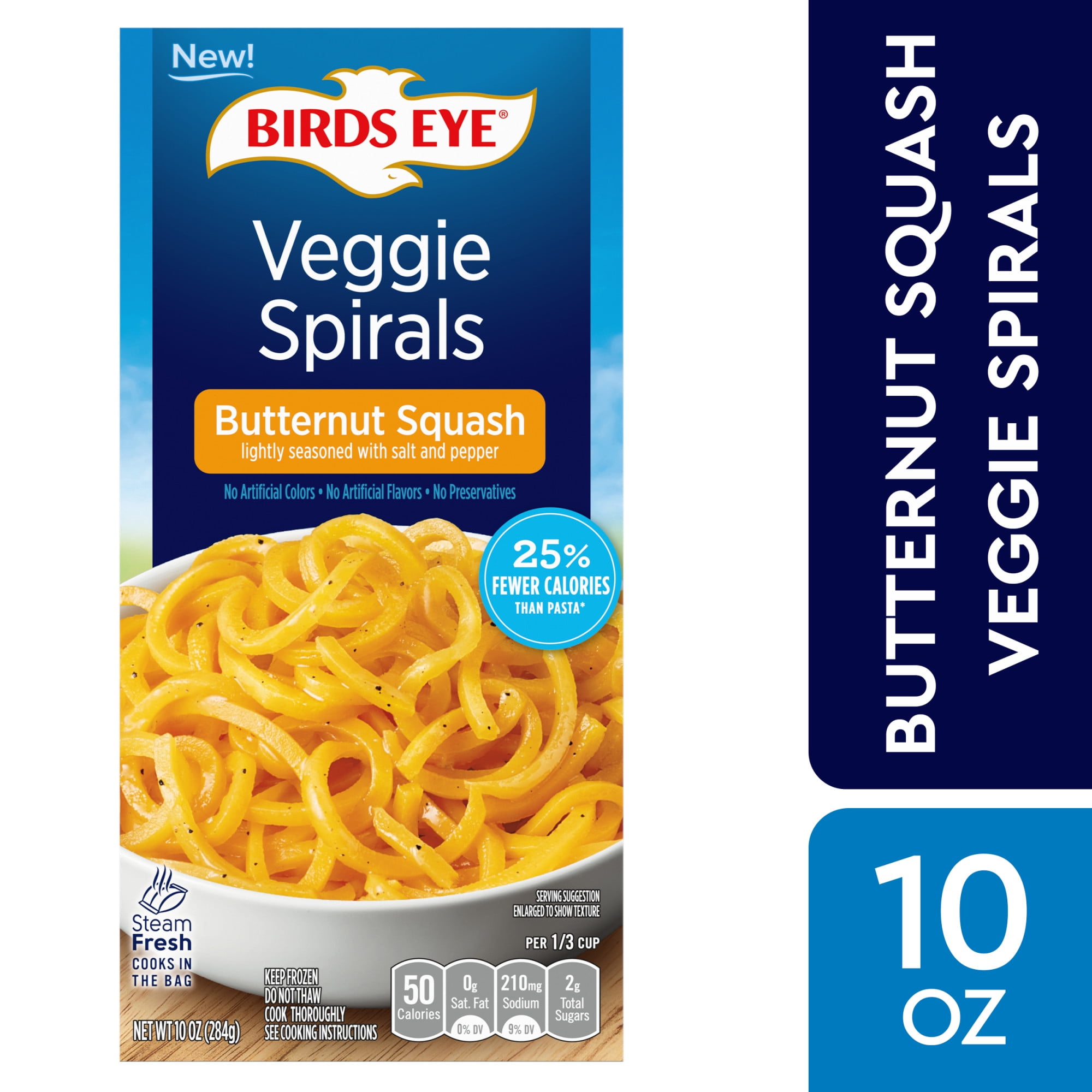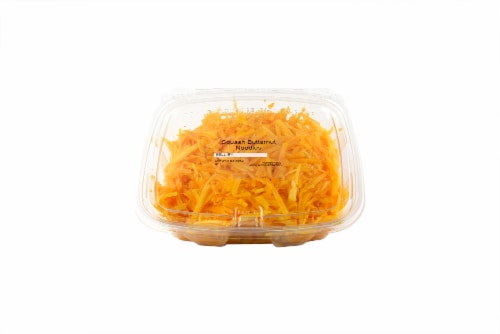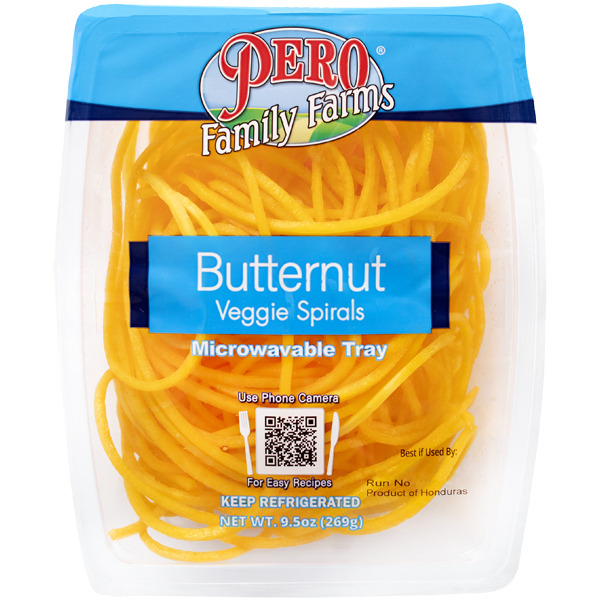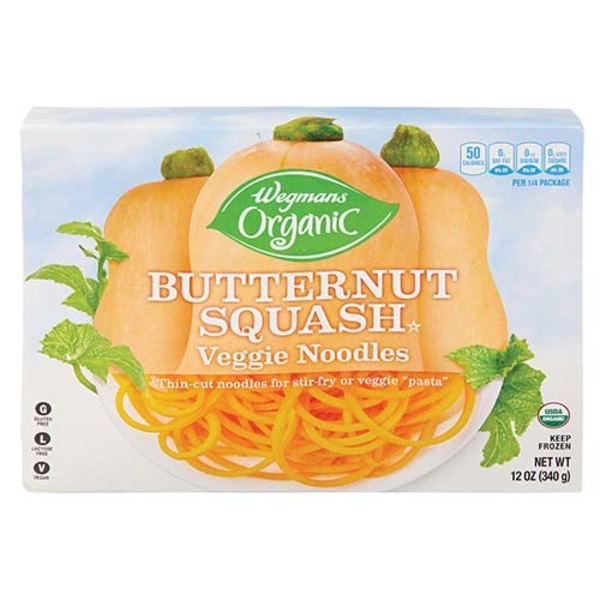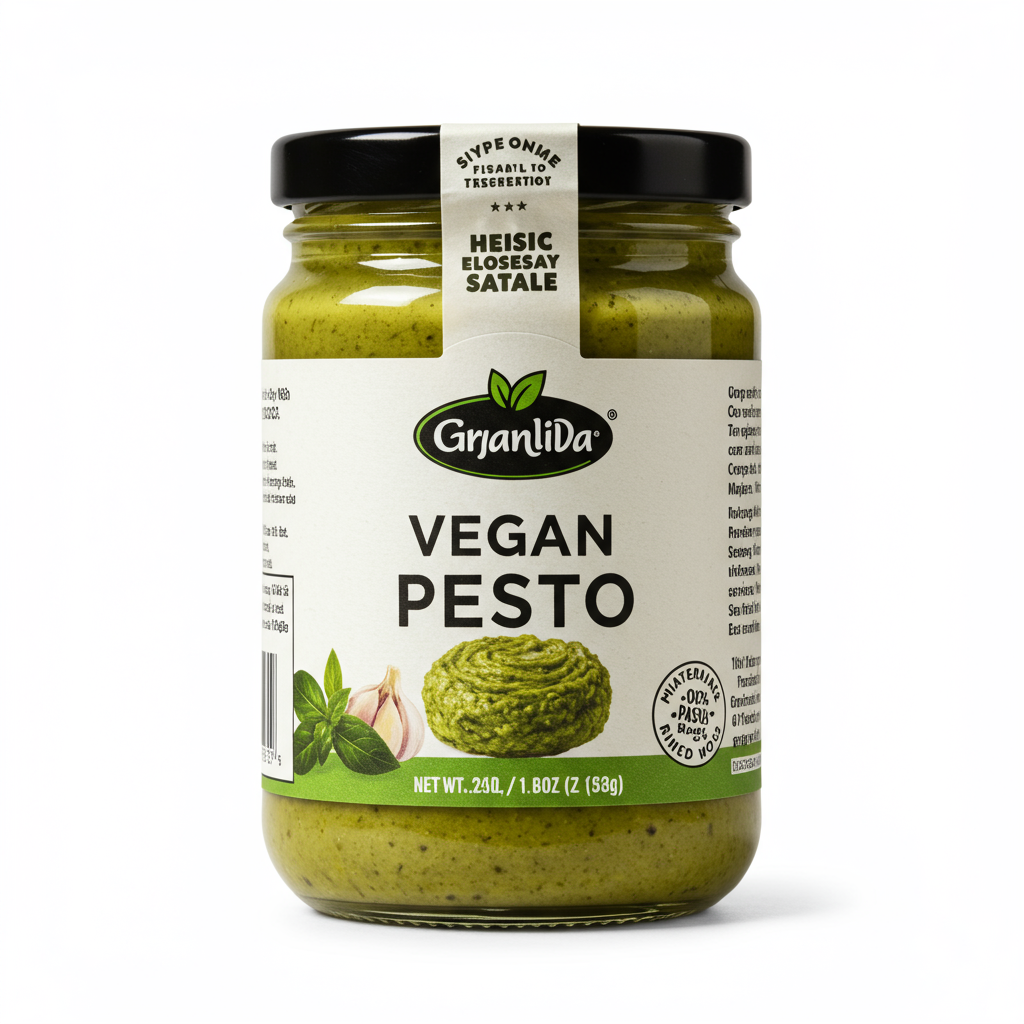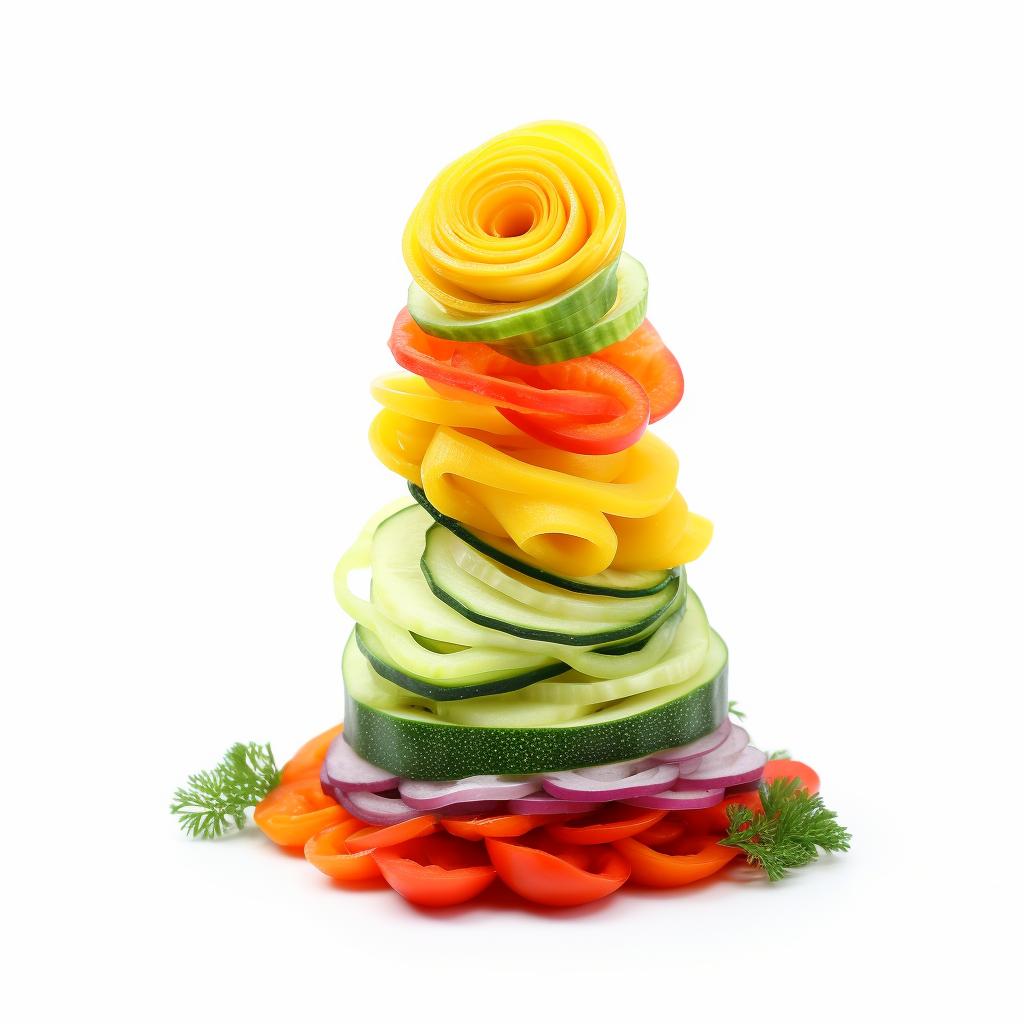MAIN DISHES
SIDE DISHES
LUNCH
Spiral Butternut Squash
Spiral butternut squash, also known as butternut squash noodles or "squoodles," have become a popular alternative to traditional pasta in recent years. These vegetable noodles are made by spiralizing butternut squash, resulting in long, thin strands that resemble spaghetti. Due to their nutritional value and gluten-free nature, they have gained popularity among health-conscious consumers and those following paleo, low-carb, or gluten-free diets.
When cooked, spiral butternut squash maintains a slightly firm texture, making it an excellent substitute for wheat-based noodles in various dishes. The mildly sweet and nutty flavor of butternut squash complements a wide range of sauces, from traditional marinara to creamy Alfredo. It can also be used in cold salads, stir-fries, or as a colorful and nutritious garnish.
92%
CARBS
0%
FAT
8%
PROTEIN
100 Spiral Butternut Squash Products
Wegmans Organic Butternut Squash Veggie Noodles
Green Giant Veggie Spirals Butternut Squash, Gluten Free
Green Giant Veggie Spirals Butternut Squash
Veggie Noodle Co. Butternut Spirals
Frozen Butternut Squash Spirals
Butternut Squash Zigzags
Birds Eye Veggie Spirals, Butternut Squash
Fresh Kitchen Butternut Squash Noodles
Pero Family Farms Butternut Veggie Spirals
Wegmans Organic Butternut Squash Veggie Noodles
Used In 1 Recipe
Spiral Butternut Squash Is Frequently Used With
Spiral Butternut Squash FAQ
The most common issue when cooking with spiral butternut squash is overcooking which results in a mushy texture. The trick is to cook them just enough to soften their texture while retaining their shape, usually this requires 5 to7 minutes of sautéing on medium heat. Another mistake some people make is not using enough seasoning. Butternut squash has a relatively mild flavor, and absorbing the flavors of the ingredients it's cooked with is one of its strengths. Using herbs, spices or flavorful sauces will enhance its taste.
To get the most out of spiral butternut squash, use it as a base for a variety of dishes, working well with both sweet and savory applications. It pairs well with flavors like garlic, onions, rosemary, thyme, sage, cinnamon, nutmeg, parmesan, walnuts or other toasted nuts.
Not many people know that you can spiralize the entire squash, including the bulbous end. Simply remove the seeds and continue to spiralize. Also, it is recommended to consume it as soon as it has been cooked, as it doesn’t hold up well when reheated.
Can I use spiral butternut squash in place of spaghetti in all my favorite pasta recipes?
How can I avoid mushy butternut squash noodles?
Should I peel my butternut squash before spiralizing it?
Can I use the entire squash for making squoodles?
Do I need a special tool to make spiral butternut squash?
What are some good sauce suggestions for butternut squash noodles?
Can I boil my spiral butternut squash?
Can I reheat my cooked butternut squash noodles?
What is the nutritional value of spiral butternut squash compared to regular pasta?
Can I use frozen spiral butternut squash?
Expiration & Storage Tips
When does spiral butternut squash expire?
Freshly spiralized butternut squash should ideally be consumed within 2 to 3 days when stored properly in the refrigerator. If you purchase pre-packaged spiral butternut squash, pay attention to the use-by date on the packaging as it's typically accurate. Once opened and exposed to air, spiral butternut squash will start to spoil much quicker and should ideally be used within 1 to 2 days. If it's frozen, spiral butternut squash can last for several months, up to 8 to 10 months.
How do you tell if spiral butternut squash is bad?
Spiral butternut squash that has gone bad often takes on a slimy or excessively soft texture. While a bit of softening can be expected as the squash ages, it should still retain some firmness. You can also look for signs of mold or unusual discoloration- typically dark or black spots. Another clear sign is a strong unpleasant odor, which suggests that the squash is no longer good to eat.
Tips for storing spiral butternut squash to extend shelf life
• Spiral butternut squash stores best in the fridge. Use a perforated bag or a bag with holes to allow air to circulate and prevent excessive moisture build up.
• If not using the squash immediately after spiralizing, you should store it in a container with a paper towel at the bottom. The paper towel will absorb any extra moisture, keeping the squash fresher for longer.
• Spiral butternut squash can be frozen for longer storage. Before freezing, it's best to blanch the squash quickly in boiling water, then immediately cool it in ice water. This process will preserve the texture and flavor.
• When defrosting it, avoid using the microwave as it can make the squash soggy. Instead, let it thaw in the fridge overnight.
EXPIRES WITHIN
8 - 21
DAYS
Substitutes
Health Info
Macros
24g
CARBS
0g
FAT
2g
PROTEIN
Allowed on these diets
LOW FAT
HIGH CALCIUM
VEGETARIAN
KETO
PALEO
WHOLE 30
MEDITERRANEAN
LOW CARB
VEGAN
LACTOSE FREE
GLUTEN FREE

